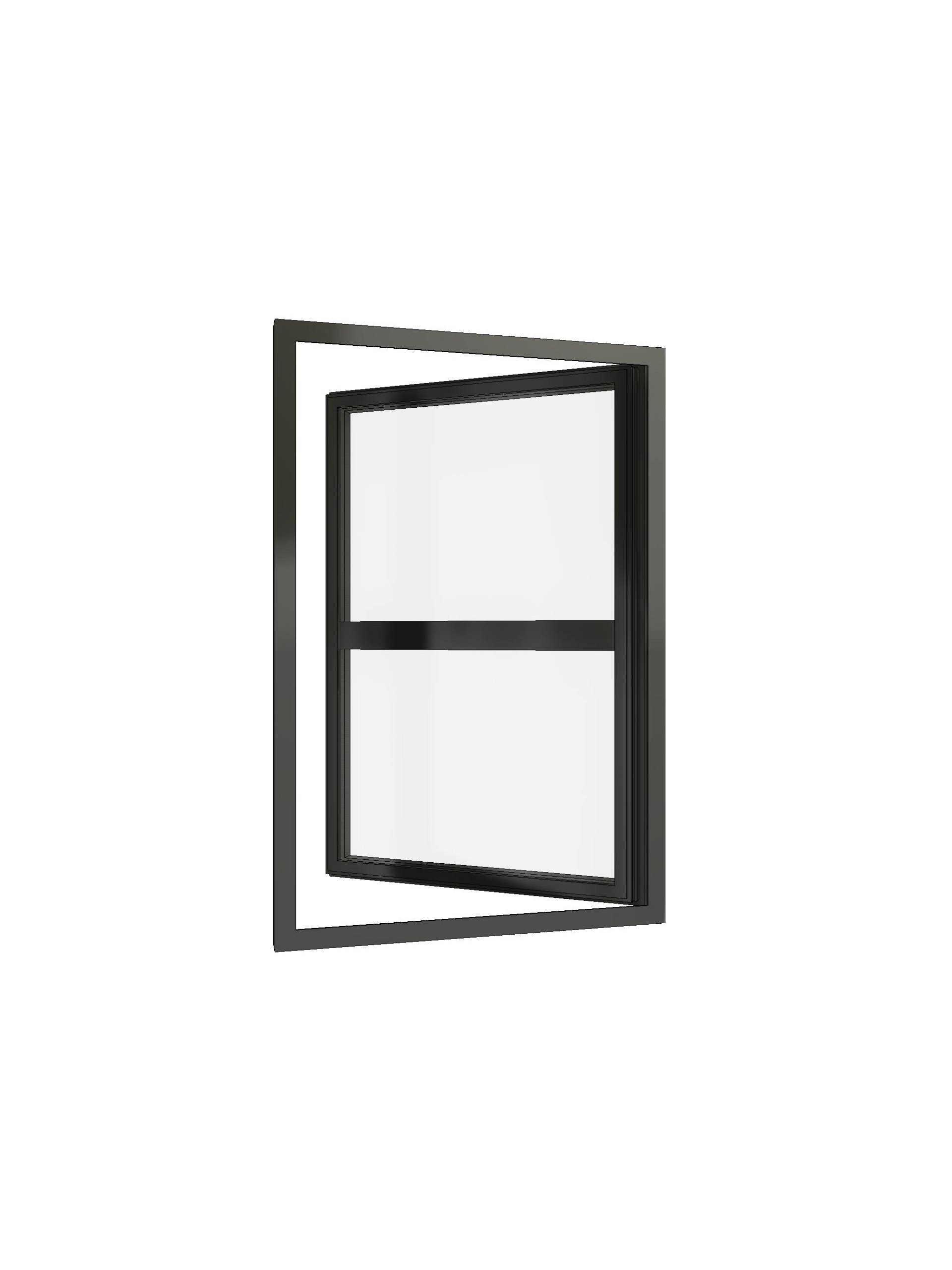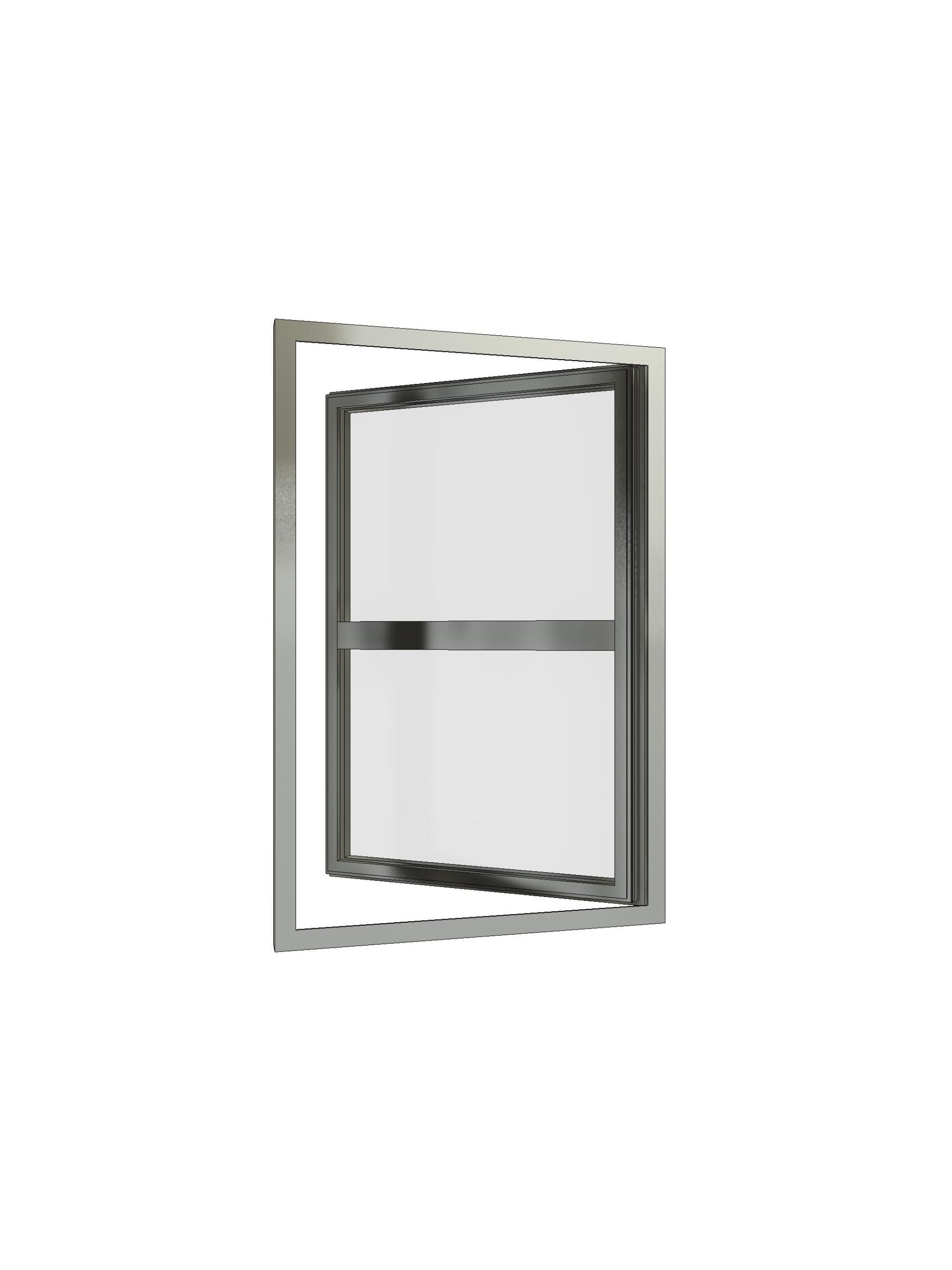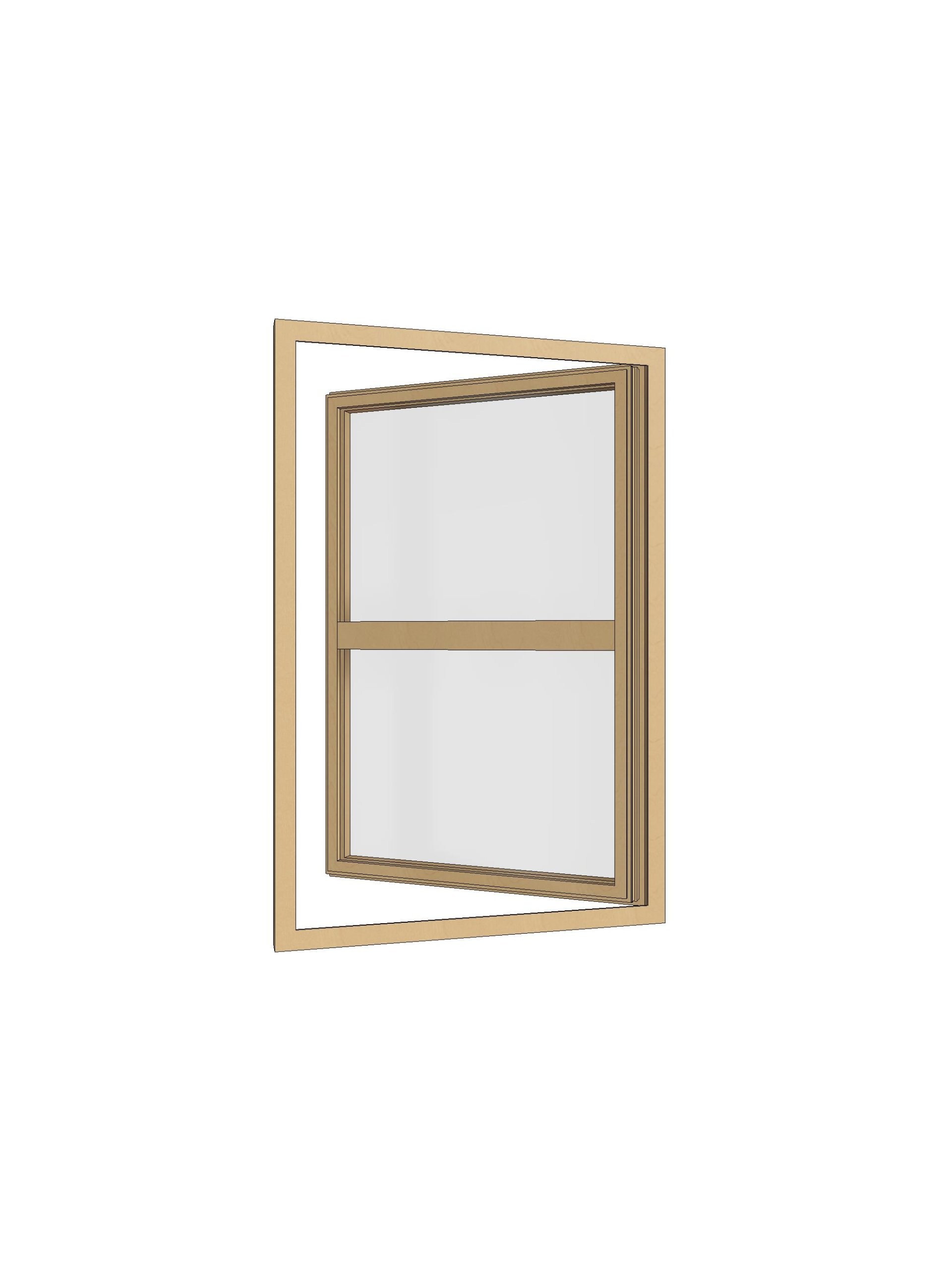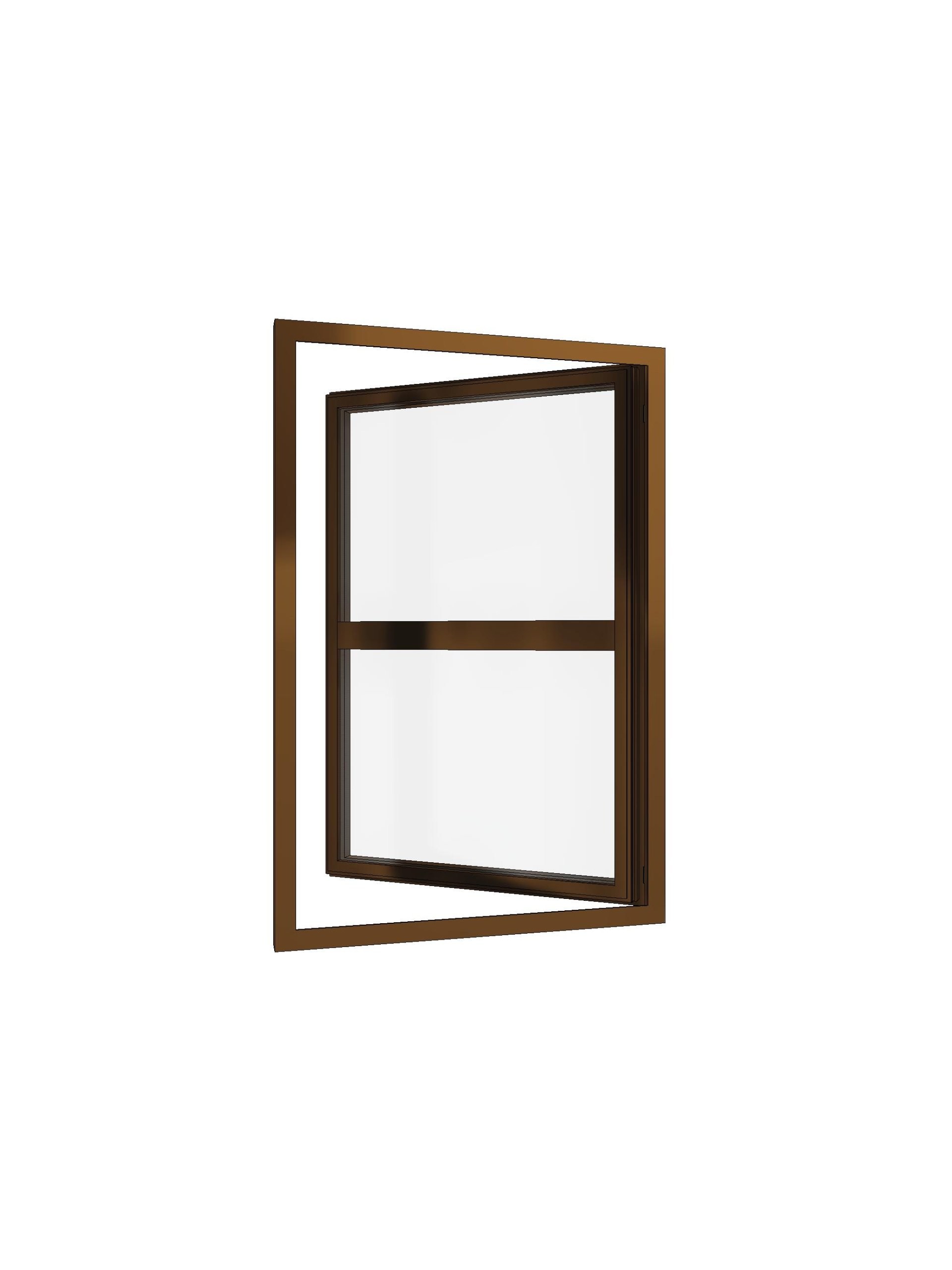Home » Simulated Hung Windows
Simulated Hung Windows
Simulated hung windows are designed to replicate the classic look of double-hung windows, with equal-sized top and bottom sashes and traditional divided-lite grids, giving the appearance of separate glass panes. This design adds architectural detail and visual appeal to both traditional and modern homes.
While a traditional double-hung window has two sashes that can move up and down independently within the frame, a simulated hung window typically has one operable sash. Simulated windows often offer enhanced energy efficiency and weather performance compared to traditional double-hung windows. With advanced weatherstripping and insulation features, these windows can help improve indoor comfort and reduce energy costs.
Overall, simulated hung windows combine the timeless elegance of double-hung windows with modern functionality and performance, making them a popular choice for homeowners looking to enhance the aesthetics and efficiency of their homes.





